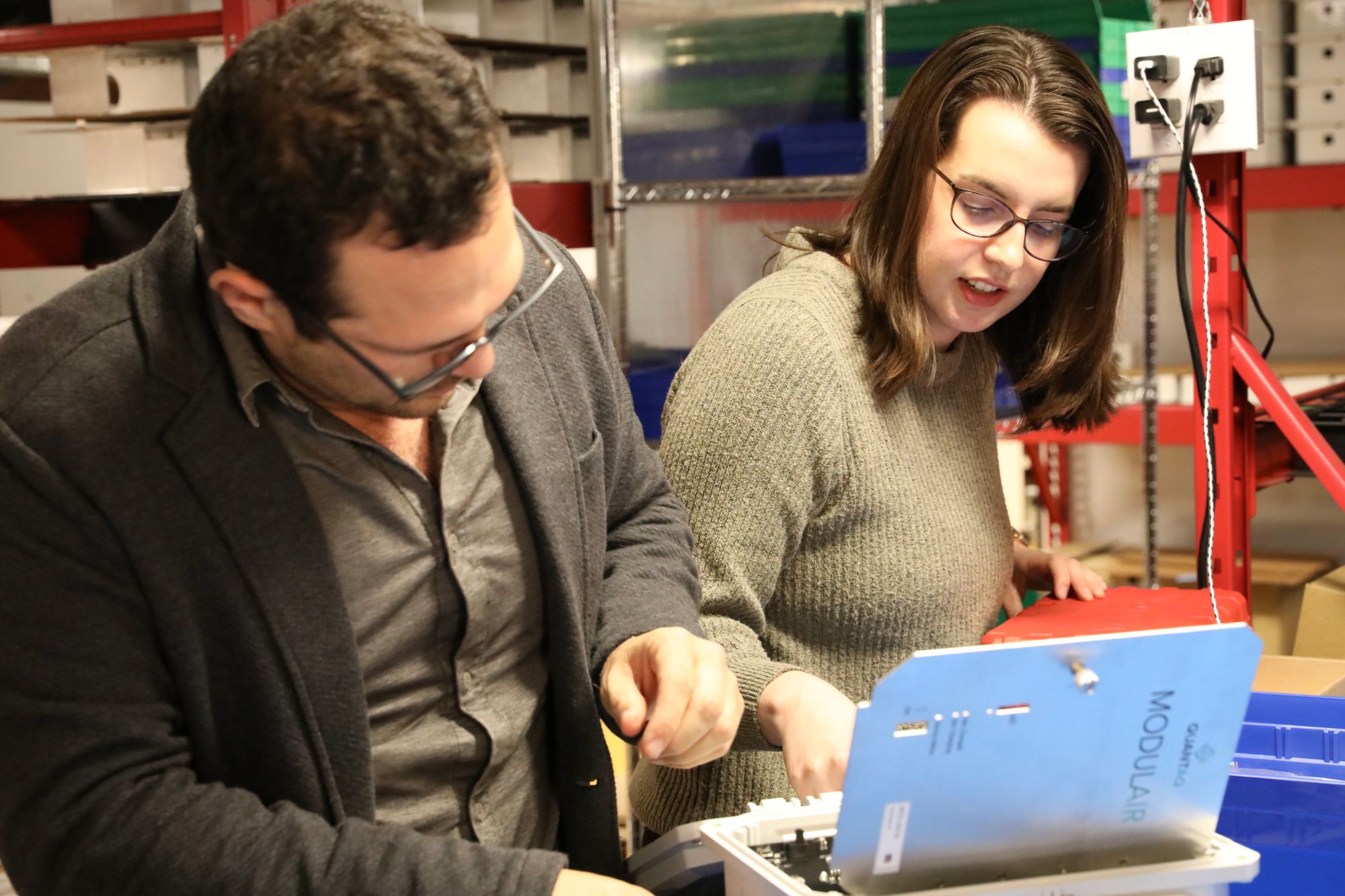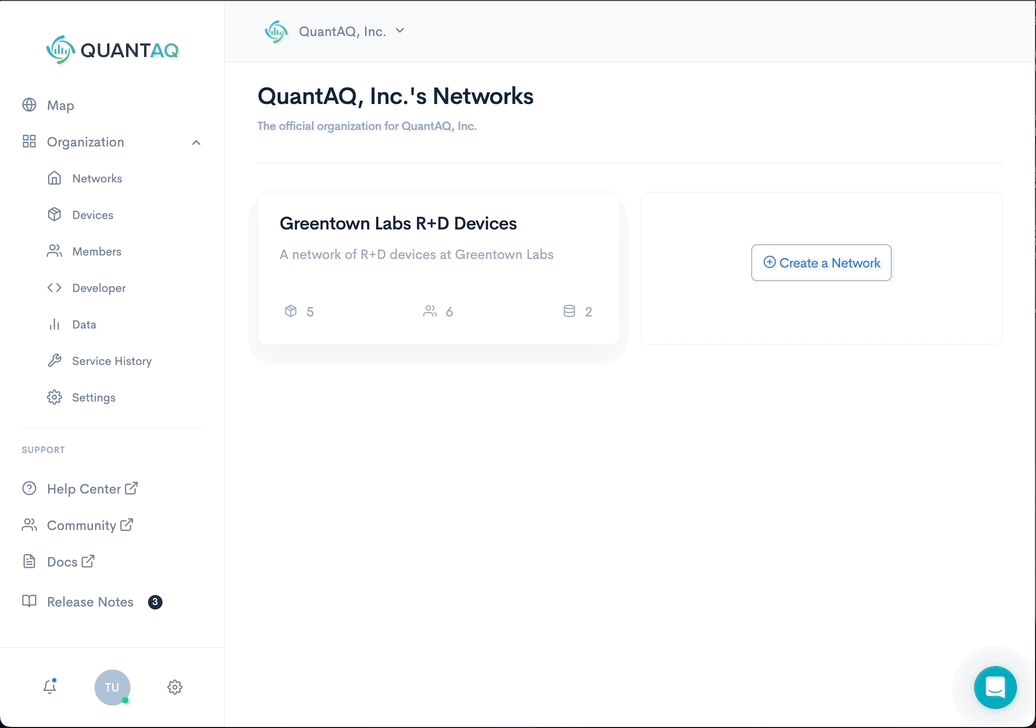Celebrating customer support milestones
Customer support has always been critically important to us. Today we're celebrating a 95+% satisfaction rating, and launching an easier way to see device repair history at-a-glance.

Helping our customers overcome air quality monitoring set-backs has been a driving force for our business since the beginning. We're always looking for ways to further improve, so today we're excited to introduce Service History, a change to how device repairs are logged. We'll also take a moment to celebrate the high bar held by our Help Desk team and hear from a research customer on his experience with our repair team.
Announcing Service History
Our hardware is unique in its ability to be deployed out-of-the-box and run continuously without calibration, so factory repairs are relatively rare, but do happen.
When you send sensors back to us, it's useful to be able to see all repairs at-a-glance, alongside the details of what was done. So as of today, we're adding a new feature in QuantAQ Cloud, Service History.
You can now click into Service History to see a record of device repairs and the current status of anything you've sent back. This is viewable by Organization Administrators and includes records going back to February 2024.

Celebrating the team behind our help desk - and the 95+% satisfaction rating they've earned
Unlike other sensor vendors, our team of scientists, engineers, and data science professionals personally answer all support inquiries we receive. We refuse to outsource our Help Desk because we care so deeply that customers in need receive timely, useful support directly from knowledgeable folks who 'get it.'
So far, this approach is working: Over 95% of support seekers rate their experience with our Help Desk team as 'great' or 'amazing' - a stat we'll work hard to maintain because we know firsthand how challenging air monitoring work can be.

Keeping research up and running in harsh environments
William Porter, Assistant Professor of Atmospheric Dynamics and Modeling at the University of California, Riverside, has deployed large fleets of our devices across Southern California, where the Salton Sea region experiences serious wind-blown dust events. As a modeler, Porter relies on large fleets of sensors that can provide accurate, long-term measurements to validate models.
"We need these additional measurements. At scale. At a price we can afford. And in a way that’s easy to deploy."
In the harsh conditions alongside the Salton Sea, sensor repairs are inevitable, between summer overheating and the major salt buildup from the evaporating lake. Our team responded quickly, getting sensors back in working order and returned from our lab in Boston to the researchers in California.
"Our study area around the Salton Sea can definitely be a harsh environment for deployed equipment. Extreme heat during the summer months, periodic dust storms, and salty lake spray directly from the water surface all make this a challenge for collecting the long term ambient measurements we are after. Overall QuantAQ has done a great job responding to our unique needs, including deployment tips for weatherizing our sensors, firmware updates to address overheating concerns, and quick turnaround on repairs when they've been necessary."
We are here for you, whatever your project brings
Besides the sense of satisfaction that comes from unblocking work and being helpful to others, we also learn from every issue you report - which makes our product and team stronger. Bugs and product ideas go quickly to our teams to address when they hear directly from the source.
While we hope for the smoothest, roadblock-free air quality monitoring projects possible for all our customers, we take a great deal of pride in solving problems as they arise. We've got your back!

